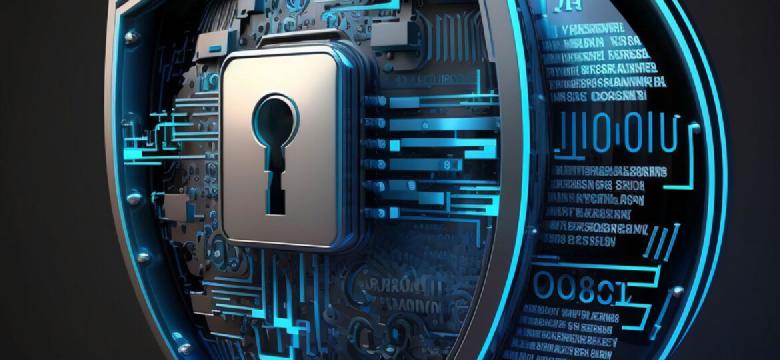Excerpt§
This article outlines the core differences between the cryptographic hash functions SHA-256, MD5 and SHA-1 in terms of algorithm design, collision resistance, security and ideal applications.
In the world of cryptography and cybersecurity, hash functions like SHA-256, MD5, and SHA-1 play a vital role in ensuring data integrity and authenticity. However, these popular hashing algorithms have distinct designs and cryptographic strengths. In this post, we will compare the core differences between SHA-256, MD5, and SHA-1.
Introduction§
Cryptographic hash functions are indispensable tools for verifying data in digital systems and networks. Hashes like SHA-256, MD5, and SHA-1 generate fixed-length digests from arbitrary length inputs in a one-way process. This allows detecting any changes or tampering efficiently through hash comparisons.
However, hash algorithms have varying levels of collision resistance and cryptographic security. Understanding the contrasts between SHA-256, MD5, and SHA-1 allows selecting the most robust option for critical data integrity needs.
Overview of Hash Functions§
A cryptographic hash function takes an input message of any size and computes a fixed size hash value or digest. Key attributes include:
- Deterministic - Same input yields the same hash output
- One-way - Infeasible to determine input from hash
- Collision resistant - Hard to find inputs with the same hash
- Change amplification - Small input change flips output bits
By generating verifiable digital fingerprints, hash functions enable tamper detection across many security applications.
SHA-1§
SHA-1 or Secure Hash Algorithm 1 is a 160-bit cryptographic hash standardized by the NSA in 1995. It processes input in 512-bit blocks and applies 80 rounds of bitwise operations.
SHA-1 has been widely used for:
- Version control systems like Git
- Digital signatures and certificates
- Data integrity verification
However, significant vulnerabilities have been found in SHA-1, including collision attacks. This makes it unsuitable for most cryptographic uses today.
An free online tool to quickly verify your answersMD5§
The MD5 or Message-Digest Algorithm is a 128-bit hash function designed by Ronald Rivest in 1991. It follows a similar design to SHA-1 with four rounds of operations on 512-bit blocks.
Applications of MD5 include:
- File integrity checks
- Password hash storage
- Digital signatures
Research has exposed serious weaknesses in MD5, enabling easy collision generation. This makes MD5 insecure for cryptography.
An free online tool to quickly verify your answersSHA-256§
SHA-256 is a 256-bit secure hash algorithm published by NIST as part of the SHA-2 family. It uses a different internal structure than SHA-1 and MD5, providing strong collision resistance.
Key features of SHA-256 include:
- 64 rounds of cryptographic operations
- High security against brute force attacks
- Very low collision probability
- No known practical vulnerabilities
SHA-256 offers robust protection for:
- Blockchain and cryptocurrency - transaction security
- Password hashing - storage of password digests
- Digital certificates - trusted validation
- Data archiving - verifies integrity over time
Comparison of SHA-1, MD5, and SHA-256§
| Hash Algorithm | Digest Size | Design | Collision Resistance | Security |
|---|---|---|---|---|
| SHA-1 | 160-bit | Iterative; 80 rounds | Vulnerable to collisions | Insecure |
| MD5 | 128-bit | Iterative; 64 rounds | Prone to collisions | Insecure |
| SHA-256 | 256-bit | Iterative; 64 rounds | Highly collision resistant | Most secure |
Conclusion§
To summarize, both SHA-1 and MD5 have significant vulnerabilities while SHA-256 offers robust protection through its optimized cryptographic design.
When integrity and authenticity guarantees are critical, SHA-256 is highly recommended over outdated algorithms like SHA-1 or broken primitives like MD5. Upgrading legacy applications to use SHA-256 hashes enhances long-term data security.
Understanding the contrasts between popular hash functions like SHA-256, SHA-1 and MD5 provides valuable insight into selecting the most secure mechanism for verifying sensitive data in the digital realm.















